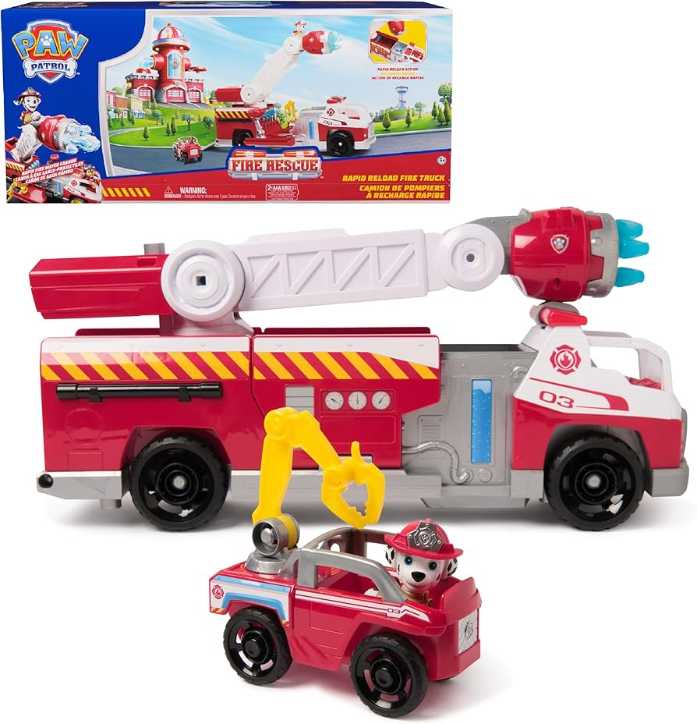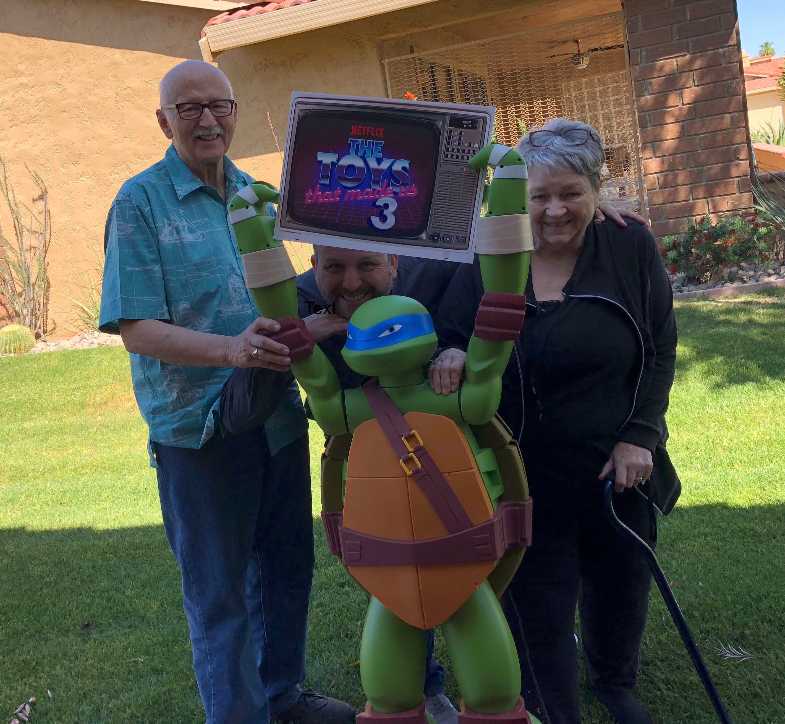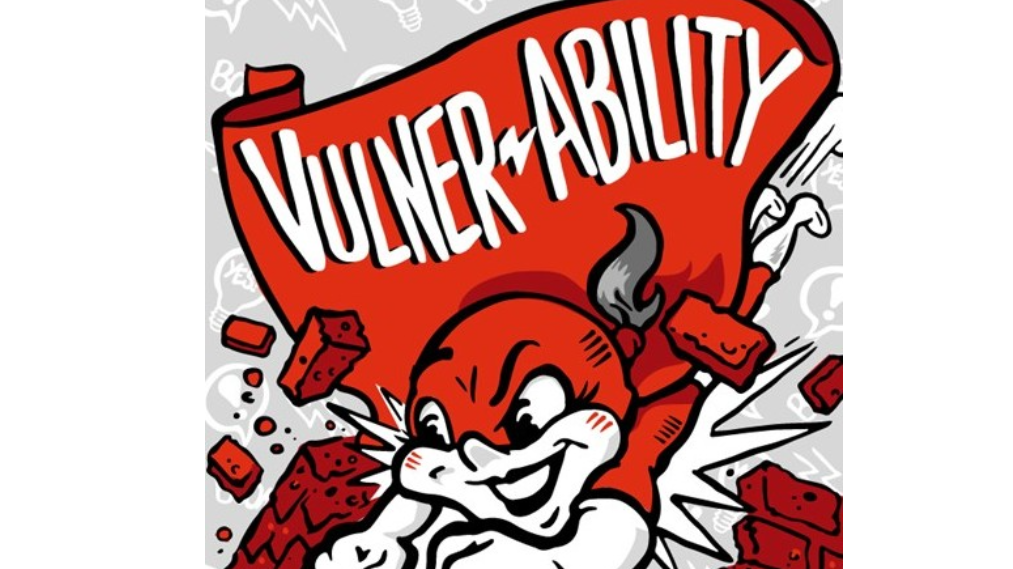My next series of blog posts are based on my book concept called Cape-abilities. For the next few weeks, I will take you through a chapter of the book complete with some exercises and provocative questions to help you think differently and get unstuck. Once you learn all of the abilities, you’ll then earn your innovation superhero cape!
How To Put On Your Cape-abilities
In these blog posts, you’ll find strategies that you can use to shake up your thinking and unleash your innovation super powers. Each chapter defines a tool you need, gives you a summary of what that tool can do for you, some questions that stir your thinking, and an exercise to get you started using the tool. You can either use the tools from start to finish to understand all the tools in your toolkit or you can pick up any tool — play around, use it, and discover how it works for you.
Vulnerability: 1. means "easily hurt or attacked."
Vocabulary.com definition
The ability to recognize that I have a challenge or idea and I’m afraid to appear that I don’t have all of the answers.
Gert’s definition
Vulnerability comes from the Latin word for "wound," vulnus. Vulnerability is the state of being open to injury, or appearing as if you are. It might be emotional, like admitting that you're in love with someone who might only like you as a friend, or it can be literal, like the vulnerability of a soccer goal that's unprotected by any defensive players.
It’s okay to be authentic and put yourself out there. Be real. People usually don’t like to do this because they feel they’ll be judged, but it’s actually much sexier to be honest and say, “I’m scared and I need help.”
Some of the most groundbreaking, disruptive ideas have come from embracing vulnerability. Sharing your real experiences makes you attractive and transparent to your clients and colleagues. Whether you plan it or whether you suddenly open up, being vulnerable turns what is usually perceived as weak into a powerful bridge to collaboration.
I was doing a keynote speech for a group of sales and marketing executives at the Orlando Sentinel newspaper. I had just gotten my hair colored red and I felt a hot flash coming on. I knew in a few minutes that I was going to have rivers of red rolling down my face so I just took a deep breath and told them with full disclosure that in a couple of minutes I was going to look like I had a head injury but rest assured that I was just fine. They appreciated my vulnerability and remained my client for years to come!
Brene’ Brown says “If you think dealing with issues like worthiness and authenticity and vulnerability are not worthwhile because there are more pressing issues, like the bottom line or attendance or standardized test scores, you are sadly, sadly mistaken. It underpins everything.”
Provocative Q’s to ask yourself:
- Where am I when I feel the most vulnerable? Am I alone or with others?
- Why do I feel vulnerable when I have a challenge either in my personal or professional life?
- What is my reaction to my vulnerabilities? Do I shut down or do I overreact?
Here’s an
Exercise to help you identify why you’re vulnerable in certain areas:
- Call out those vulnerabilities. Grab some post-it notes or a white board and write them out and put them on a wall to make them easier for you to examine. It can be anything from “We aren’t strategic” to “My department needs to be more collaborative” to “We need to drive customer spend per visit.” Write as many examples as you can think of and put them up on the wall.
- Now, begin to cluster them. Group some together that have similarities. Give each cluster a title, such as: “better communication tactics.”
- Ask yourself how you might build a “baby step action plan” to get past those barriers. Take “My department needs to be more collaborative” for example. Build some first steps that may help you get past this. Envision the environment — where you’ll be, some of the people who will also be there (assistors) and the length of time for each step. This creates guardrails to help you face a barrier and move forward.
- Start with something like “better communication tactics.” Explore how your team prefers to receive information. Look at different preferences from generational, psychographic, demographic and gender perspectives.
- Then start small with several deliverables and see what the results yield.
- Continue these “baby action planning steps” with each obstacle. Just know it is okay to be vulnerable. It makes us better humans who appreciate our own value. Vulnerability empowers us and others.
I had a client a couple of months ago (not to be named here) who was wrestling with this very topic and theirs was around leadership training, so I walked them all up to a wall with their post-its and we listed out everything that they felt should be included in leadership training. We had an entire wall filled! Then we began to cluster those post-its into themes … empowerment, diversity, giving feedback, etc. From there, we were able to create some areas of opportunity for them to come up with ideas to apply that would address these areas. And they did it themselves, so they had ownership in the whole process. And, as leaders, they allowed themselves to be vulnerable in front of each other in order to fix the weak areas.
Practice being vulnerable this week. In my next blog post, I will be covering our next ability which is Flexibility … you have to be flexible if you are going to be more innovative and collaborate better with others.
--gert--
Recent Blogs
Recent Blogs

Biographies and Interviews
Catching up with Eric Olsen, The Inventor of Flip 7 and Co-Creator of Messy Table Games

Reviews
Book Review: Happytecture by Anna Devís & Daniel Rueda

Biographies and Interviews
From Stage Lights to Game Nights: McMiller’s David & Julian on Shark Tank (Dec 10th), Viral Success & Building a Business With Your Husband

Press Release
Leslie Scott (creator of Jenga) announces the launch of BOUNDLESS PLAY

Press Release
New Study Highlights the Importance of Shopping from Trusted Toy Brands & Retailers this Cyber Monday
See more
Recent Wiki

BOOK REVIEWS
Toy Review: Monster Jam Smash & Bash Grave Digger Monster Truck

BOOK REVIEWS
Toy Review: Marshall's Rapid Rescue Fire Truck

COMPANIES
Zigazoo Secures Partnership with YouTube Star Like Nastya to Inspire Millions of Kids

PEOPLE
A Legacy of Play: Inside the Carlson Family’s Multi-Generational Journey Through the Toy Industry

COMPANIES
Radio Flyer Studios Announces the Launch of its First Original Animated Series, Max & Maple: The Can-Do Kids
See more
POP's Got Talent

POP Entertainment
Randy Klimpert Shares his Ukulele Collection

POP Entertainment
Steve Casino Peanut Art

POP Entertainment
Everyone's Talking about POP!

POP Entertainment
Princess Etch - a Multi-Talented Etch A Sketch Artist

POP Entertainment
Joseph Herscher of Joseph' s Machines.
See more
Recent POPcast

Hidden Role: The Brains Behind your Favorite Games
Connie Vogelmann designed Apiary & Wyrmspan!

Hidden Role: The Brains Behind your Favorite Games
Bob Fuhrer... Is THE Crocodile Dentist!

Hidden Role: The Brains Behind your Favorite Games
Tom Dusenberry... Bought Atari, Wizards of the Coast, and Avalon Hill!

Hidden Role: The Brains Behind your Favorite Games
Matt Leacock created Pandemic... the game!

Hidden Role: The Brains Behind your Favorite Games
Scott Brown and Tim Swindle... are Launching a New Sport!
See more
POPDuos

POPDuos: Interviews with Legends and Leaders
POPDuo: Richard Dickson, Mattel’s President & COO, and Kedar Narayan, Young Inventor Challenge AMB

POPDuos: Interviews with Legends and Leaders
POPDuo: Will Shortz and Josh Wardle

POPDuos: Legends and Leaders Explore Creativity
POP Duo: Elan Lee, Co-Founder, Exploding Kittens.and Jeff Probst, Host and Exec Producer, Survivor

POPDuos: Legends and Leaders Explore Creativity
POP Duo: David Fuhrer, MNG Director, Blue Sq Innovations & Shawn Green, past Dodgers & Mets MLB Star

POPDuos: Legends and Leaders Explore Creativity
POP Duo: Bob Fuhrer, Founder, Nextoy and Tom Fazio, Golf Course Designer
See more
















